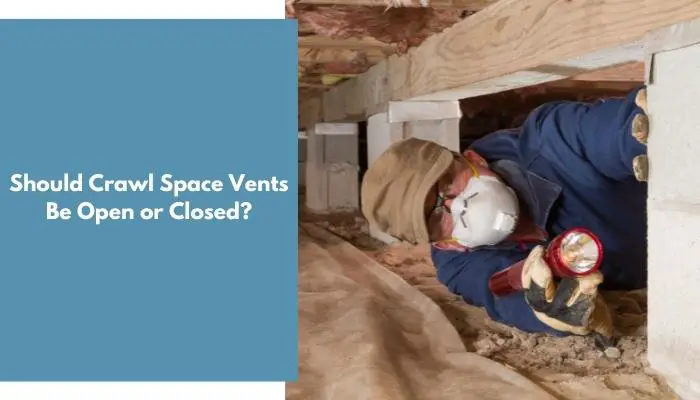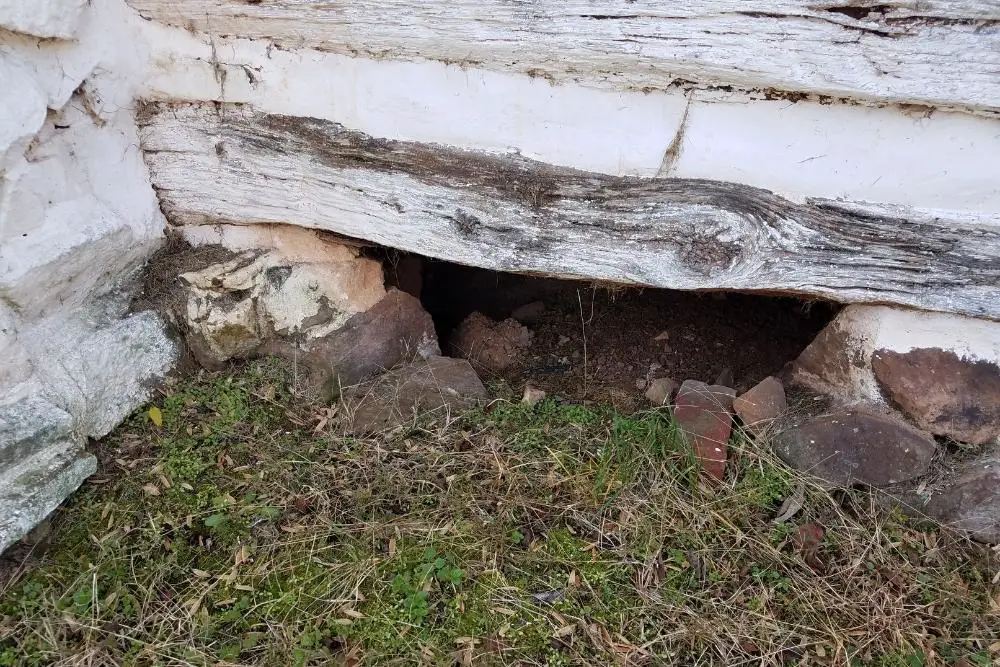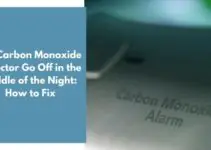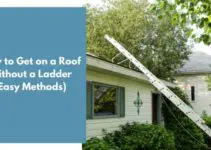According to the US Census, over 76 million homes have crawl spaces. Proper knowledge about when to close these vents is essential for any homeowner.
Crawl space vents should be closed most of the time. One of the most common issues people face when it comes to maintaining their homes is the presence of open vents. It can allow moisture to enter your crawl space and create a perfect environment for mold and mildew.
This post will talk about crawl space vents in your homes and more!
Contents
- 1 What Is the Purpose of Crawl Space Vents?
- 2 When Must Crawl Space Vents Be Open or Closed?
- 3 Is There a Benefit of Keeping Crawl Space Vents Closed?
- 4 What Are the Different Types of Crawl Space Vents?
- 5 How to Keep Water From Your Crawl Space Vent?
- 6 Are Building Foundation Vents Necessary?
- 7 Frequently Asked Questions
- 8 Conclusion
What Is the Purpose of Crawl Space Vents?
Small crawl space vents are present in older homes designed to allow air to escape from the basement and prevent moisture from developing. These vents have metal grids, wire mesh, and slats covering them. It can also aid in keeping pests at bay and prevent rodents from entering the house.
The primary purpose of foundation vents is to provide adequate airflow. In some areas of North America, building codes require that these vents be present.
However, most of these are essential in areas prone to sweltering summer weather. According to experts, unvented and closed crawl spaces can maintain a mold-free and drier environment regardless of the weather.
According to experts, unvented and closed crawl spaces are more mold-free than their open counterparts. They also noted that these spaces remain drier even during the winter season.
When Must Crawl Space Vents Be Open or Closed?
One of the vital decisions a homeowner must make is keeping their home in good working condition. They must consider letting their foundation or crawl space vents close. Many people wonder why these vents are in there first and if they should be left open or closed.
Proper ventilation equipment can also help keep your home’s crawl space temperature regulation and airflow in check. When it’s warm outside, open the crawl space vents to allow air to circulate under the floor and prevent mold growth.
However, during the colder months, close the vents to keep the cold air out and prevent the pipes from freezing.
Is There a Benefit of Keeping Crawl Space Vents Closed?
It’s common knowledge that keeping your crawl space vents open is essential to allow moisture to escape and promote airflow, but there are other reasons why you might want to close them. Doing so will help lower your cooling and heating bills.
The presence of humidity can encourage mold growth. Closing your crawl space vents can help prevent moisture buildup and mold. A crawl space that is too moist can cause structural issues such as rotting walls and beams and contribute to the buildup of dust and mildew in your home.
Having the vents closed can help prevent these problems from happening. Besides upgrading the air quality in your home, sealing the ducts can also help prevent mold from growing.
What Are the Different Types of Crawl Space Vents?
Different kinds of crawl space vents will benefit your homes in varying seasons. Here are the primary types:
Automatic Crawl Space Vent Covers
If you’re the individual who doesn’t remember when to close your crawl room vents, then you might want to contemplate getting an automatic one. The Witten Automatic Vent Black-E-Black (MB) is very easy to install and comes with an energy-saving foundation.
The automatic crawl space vents will close once the temperature drops below 40 degrees Fahrenheit. They will then re-open once the temperature reaches over 40 degrees Fahrenheit. Another advantage of these vents is that they don’t require electricity.
DIY Crawl Space Vent Covers
If you like to close the crawl space vents in your house, you should utilize foam inserts. You can pick up and purchase them at any local hardware store, which is inexpensive.
They slide into the vent space nice and tight and prevent air from passing through.
How to Keep Water From Your Crawl Space Vent?
Although many builders will consider the importance of ventilation when it comes to keeping water out of a crawl space, they should also consider the various steps that can help prevent water from getting into the home. Some of these include installing gutters and putting up generous eavestroughs.
A persistent leak can keep the crawl space damp, which could attract pests and cause fungus. It’s also possible that standing water could turn into deadly microorganism growth.
A positive surface draining system can help prevent water from entering the foundation. You can additionally install a crawl space vent to keep water out.
If the temperature and humidity in the crawl space are too warm or humid, then the fungus will start growing. It can occur if the surface of the area is dirty or has porosity.
Are Building Foundation Vents Necessary?
Before houses rose because of people who were not experts in their field, foundation vents were typically placed under the house to allow air to circulate under it. They did this to keep the house dry.
In many locations, the moist outside air from the vents condenses and collects, which can cause various problems such as mold and rot.
Building scientists now believe that crawl spaces should be insulated and sealed to prevent moisture and increase energy efficiency. They also suggest that these areas must undergo treatment for better t
A debate sparked regarding the use of foundation vents: some building departments have started to remove them, but many still require them as part of their building codes.
Frequently Asked Questions
When to Close the Crawl Space Vents?
Before the winter, ensure your home’s crawl space vents are closed. It will help keep the cold air out and the wet air inside. Another advantage of closing these vents is that they can help prevent the water from getting into your pipes.
The presence of wet air can prevent the crawl space from adequately drying out, leading to dry rot and mold. One way to avoid it is to close the vents when the outside temperature drops below 40 degrees Fahrenheit.
What Is the Best Resolution for Your Crawl Space?
There are various ways to keep the air dry in your crawl space. One of these is to install a ventilation system that will work with your climate conditions.
Closing and opening vents can work throughout the year in climates with drier conditions, such as those in the south. However, crawl space encapsulation is the most popular method.
Is Opening the Vents All I Should Do?
Getting rid of mold and mildew by opening your vents is one of the most critical steps to keep water from entering your crawl space. However, taking other steps to prevent water from entering your area is also essential.
One of the essential factors that you should consider when it comes to protecting your crawl space is having your gutters and downspouts working correctly. Doing so will allow water to flow away from your home and into the yard.
Another simple step to help with this is creating a slope from your house into the yard. It will let water drain away from home and into the yard.
Conclusion
You should close their crawl space vents most of the time to prevent moisture from entering your homes. It can allow for a healthy environment for mold and other harmful organisms.
Back in the day, building contractors and homeowners thought that keeping the crawl space vents open would allow cool air to enter the area and keep it dry.
However, after more research, experts now say this strategy is not the best. In addition to preventing condensation and moisture buildup, closing the vents can also help minimize the risk of structural issues.






